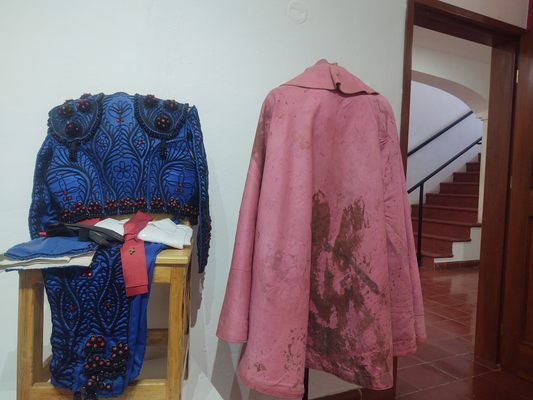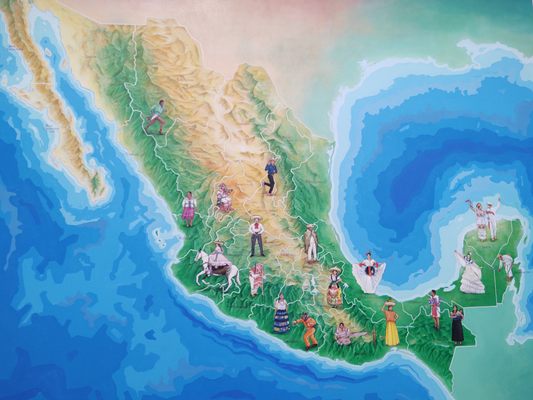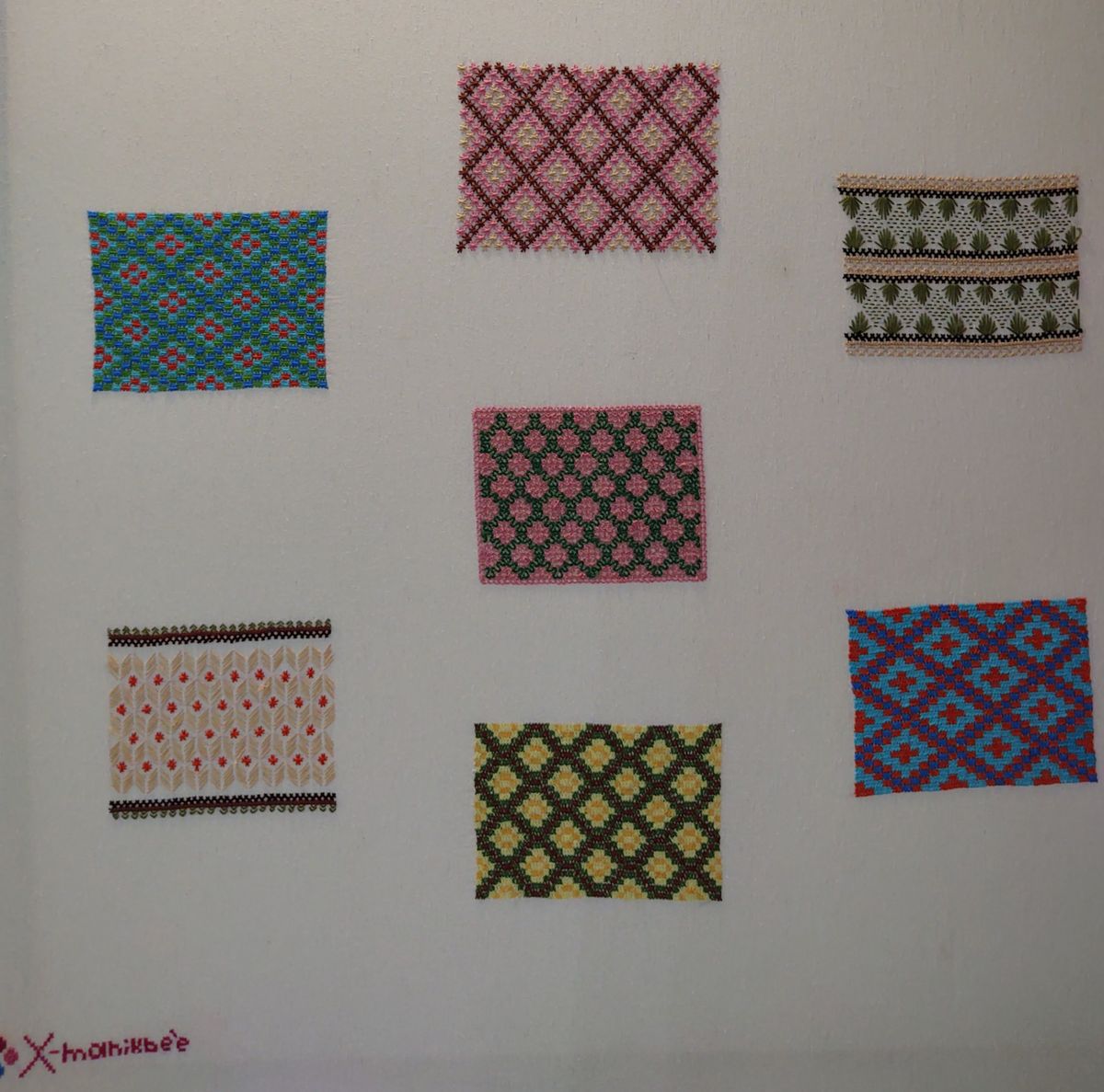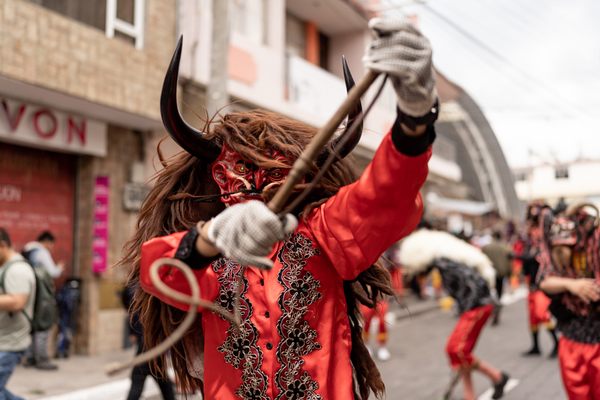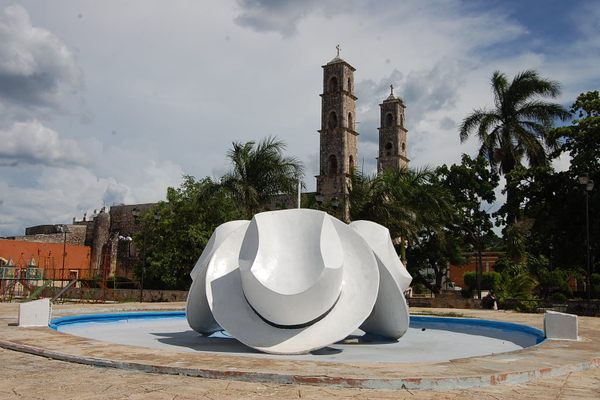About
Growing up in Mexico City, Angeles López-Portillo de Stiteler often wore the china poblana outfit for dance recitals and special occasions. This style of dress dates back to the 17th century, when it was created by an Asian woman (most likely from what is now India) who was trafficked into New Spain and then forced into servitude for a well-to-do family in the city of Puebla. At the time, anything or anyone Asian would commonly be referred to as "Chinese," so she came to be known as the China Poblana (Chinese Woman from Puebla). Her South Asian dresses came to be widely appreciated in the city, and they would eventually be adapted into a super-sequined local variant.
Angeles's own china poblana dress remained central to her life, even after she moved to the United States at a young age. After settling in Pittsburgh, she worked on cultural initiatives that focused on the Latino communities. Her daughter, Tey Mariana Stiteler, apparently inherited her mother's appreciation for clothing that reflected Mexico's colorful folkloric dress. After Tey's own retirement, both Stiteler women traveled to Mexico, where they often went on adventures to find unique pieces of clothing.
Having particularly liked Valladolid, Tey decided to house their growing ethnic clothing collection in the city. On what was formerly a hotel, the Mexican Ethnic Clothing Museum (MUREM) was established in 2020. One of Angeles's own china poblana dresses is still displayed in the collection. Given its location in the Yucatán Peninsula, much of the clothing found here reflects modern and traditional Maya cultures.
The characteristic female blouse worn by many Indigenous peoples of Mexico is known as huipil in the center of the country, but as hipil on the peninsula. MUREM's collection has numerous examples of both huipiles and hipiles, and for the latter, it has full sections dedicated to the types of stitching that have decorated them over a few generations. Some of the classic Maya patterns, such as x'manikté, have been further adopted in more globalized fashions, such as the hip-hop outfits of rapper Pat Boy.
The rest of the country is well-represented too, with spiky boots from the north, dried grass cloaks from central Mexico, and, of course, china poblana outfits.
Related Tags
Know Before You Go
Open daily from 10 a.m. to 6 p.m. Entry is free but donations are encouraged.
Yucatan: Astronomy, Pyramids & Mayan Legends
Mayan legends, ancient craters, lost cities, and stunning constellations.
Book NowCommunity Contributors
Added By
Published
October 28, 2022
Sources
- https://www.news-journal.com/features/lifestyle/new-museum-celebrates-ethnic-attire-of-mexico/article_088badc6-3e55-11ea-b0fb-6fc47f3dbc08.html
- https://historicpittsburgh.org/islandora/object/pitt%3AUS-QQS-mss469/viewer
- https://www.washingtonpost.com/lifestyle/travel/a-new-museum-in-the-yucatan-celebrates-the-traditional-clothing-of-mexico/2020/01/16/2f36b85c-33d9-11ea-91fd-82d4e04a3fac_story.html

